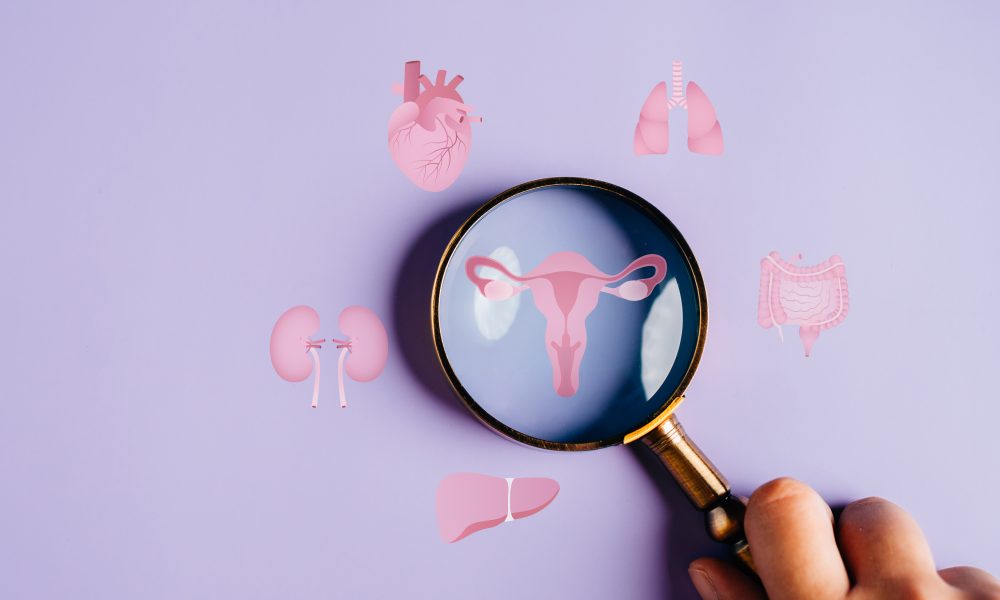
More self-collection of health data and better access to screening tools could prevent thousands of ‘needless’ deaths from cervical cancer every year.
That is according to a global report commissioned by the pharma giant Roche; which highlights a widespread lack of awareness of a common virus that is the primary cause of cervical cancer.
The study spanned 12 countries in Europe and Latin America. Half of those polled had either limited or no awareness of the important role human papillomavirus (HPV) plays in cervical cancer.
HPV is a common virus transmitted through sexual contact and is the primary cause of cervical cancer, responsible for over 99 per cent of cases.
Every year, more than 600,000 women worldwide are diagnosed with cervical cancer and over 340,000 die, with nine in every ten of these women living in low-resource countries.
However, 93 per cent of cervical cancers could be prevented entirely through appropriate screening and HPV vaccination.
The research also demonstrates that with screening rates varying between regions, significant barriers continue to exist that are preventing women from seeking testing.
Respondents in all countries, including both developed and developing nations, reported that concerns about the testing procedure being painful were common – up to 63 per cent in some countries.
Also cited was a sense of discomfort about discussing their sexual history or sexuality with a healthcare provider – up to 57 per cent in some countries.
Joanna Sickler, vice-president, health policy and external affairs at Roche Diagnostics, said: “Thousands of women are needlessly dying from cervical cancer every year. This survey highlights some of the most important barriers to screening, as well as the opportunities we have to prevent disease and improve women’s health.
“With many women reporting being open to new screening tools like self-collection, it has never been more important that communities, health systems, governments and innovators come together to seize this opportunity, and provide the early detection and treatment needed to avoid so many preventable deaths.”
The World Health Organisation is focused on accelerating the elimination of cervical cancer globally, with its latest guidelines recommending HPV DNA testing as primary screening for all women.
Its strategy seeks to ensure that by 2030, 90 per cent of girls are fully vaccinated against HPV by age 15.
It also aims for 70 per cent of women to have been screened using a high-performance test by age 35, and again by age 45, with 90% of those eligible linked to treatment.
This, along with vaccination against HPV, could prevent more than 62 million deaths in the next 100 years.
More than 50 per cent of new cervical cancers occur in women who have never been screened, or have not been screened in the previous five years of their lives.
Many factors can contribute to individuals not participating in cervical cancer screening programs, such as access to healthcare, social and economic barriers, history of traumatic experience, cultural concerns and embarrassment.
The many barriers preventing women from seeking HPV screening could explain the widespread interest in self-testing revealed by the survey.
In European countries, where testing is more routinely available, 57 per cent of women were interested in the opportunity to collect their own samples for testing. This figure rose to 77 per cent in Latin American countries, where routine screening is less readily available because of a lack of infrastructure and available appointment means.
This discrepancy was also reflected in healthcare professional-reported results, which showed 72 per cent of healthcare professionals and government workers in Latin American countries agree their country needs a self-collection programme, compared to 48% in Europe.
Susana Wong, patient advocate and director of Lazo Rosado, Perú, is working to expand access to HPV testing in her country.
She said: “We know very well how to prevent and treat cervical cancer. Now, with HPV molecular tests and vaccination, there really is hope to eliminate this disease. This test gives you the opportunity to live and to live well with your family. It can help women to empower themselves as to their health.”
Men demonstrated even lower levels of awareness compared to women, particularly in Europe.
While 55 per cent to 76 per cent of men in Latin America reported some understanding of HPV, only 35 per cent to 51 per cent of men in Europe had any understanding of HPV at all.
The lower awareness among men highlights the need for educational initiatives to include men, given their potential role in the transmission and prevention of HPV, says the report.
“This survey highlights both the challenges ahead and the significant opportunities we have to advance HPV prevention,” Sickler said.
“By enhancing public education about HPV risks and reimagining how we deliver care, we can drive higher screening rates and make meaningful progress in combating cervical cancer.”
Screening for HPV can help identify women who are at risk of developing cervical cancer, so that the disease can be treated early before invasive cancer has a chance to develop.
In poorer countries, women are often diagnosed with cervical cancer at a more advanced stage, where the opportunity for a cure is low.
Last mont, Roche joined the Global HPV Consortium which aims to advance cervical cancer prevention efforts and raise the prominence of early screening and timely detection using high-performance HPV-DNA tests.
Conducted in Q1 2024, the HPV Health Understanding Survey involved 8,703 men and women across 12 countries.
It also measured perceptions among 2,585 healthcare professionals (HCPs) and government professionals of HPV testing availability in their own market.




